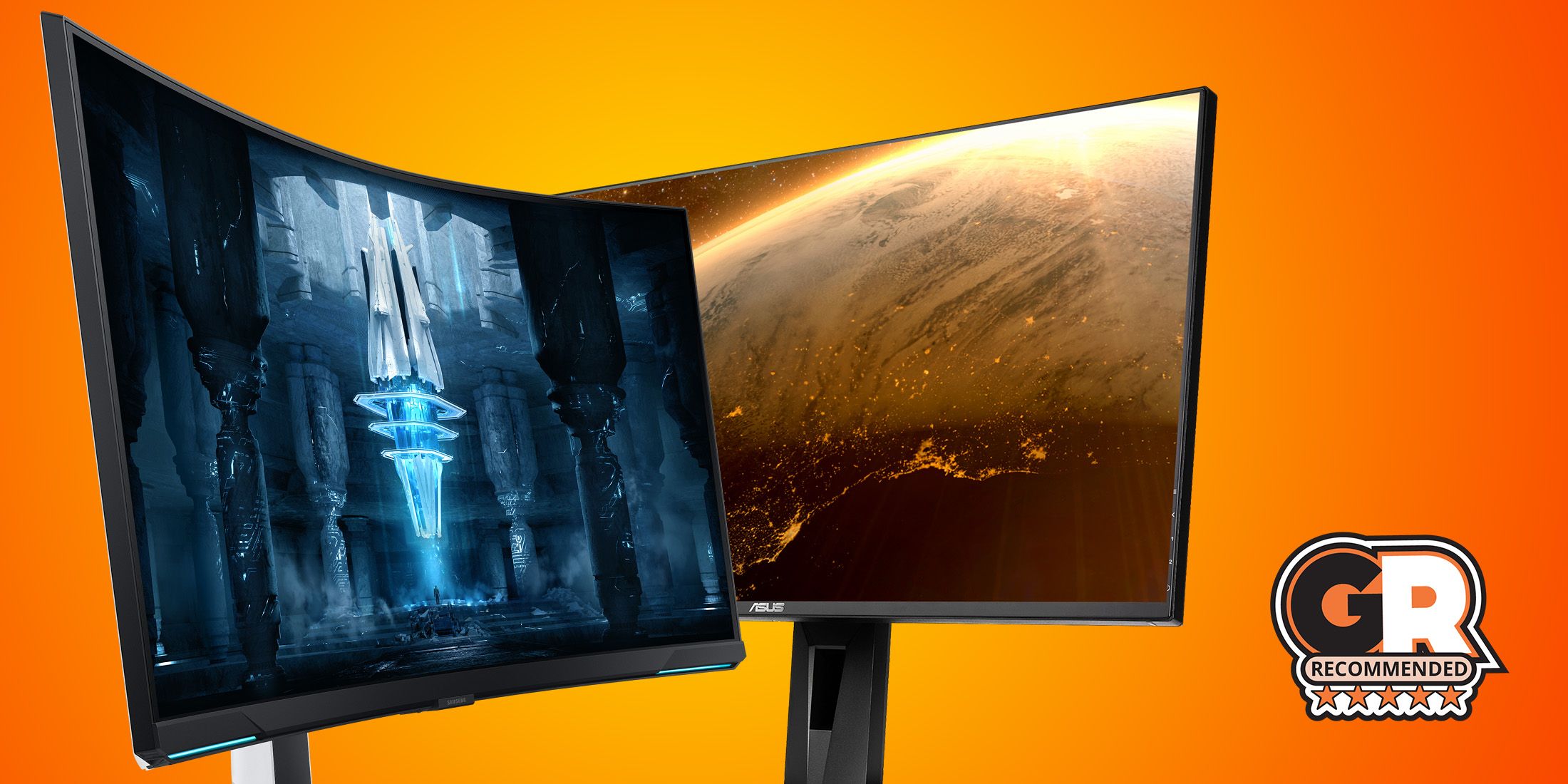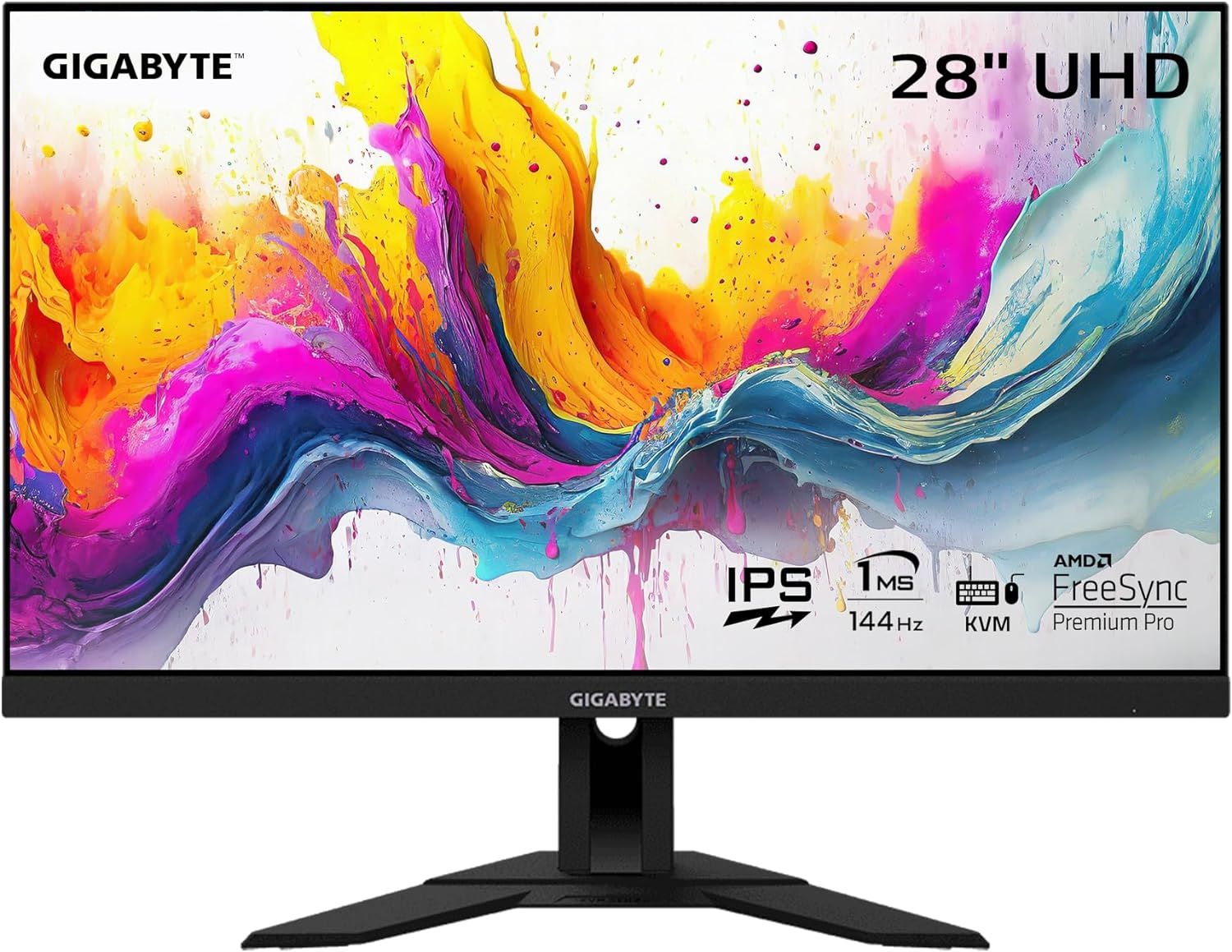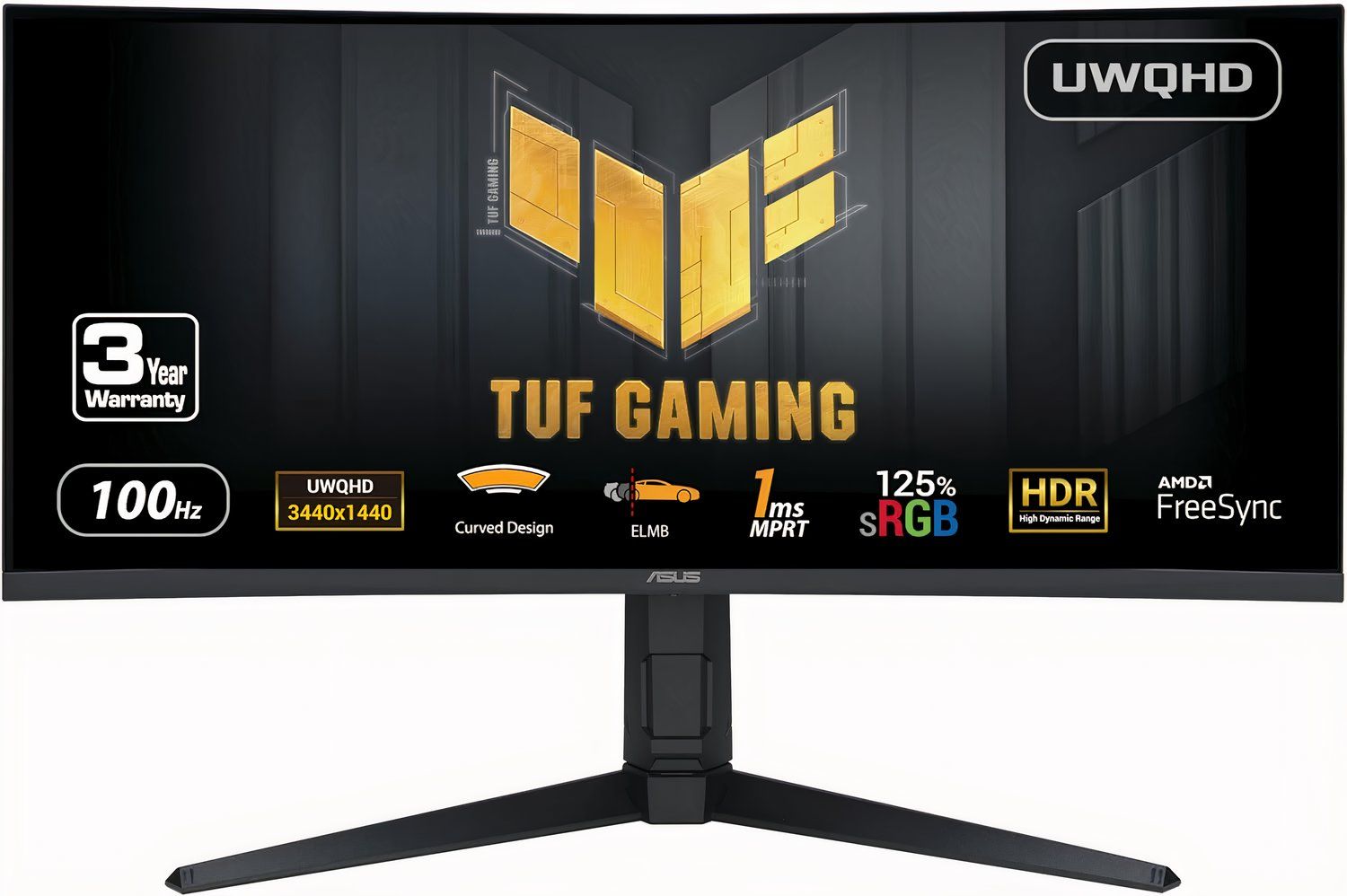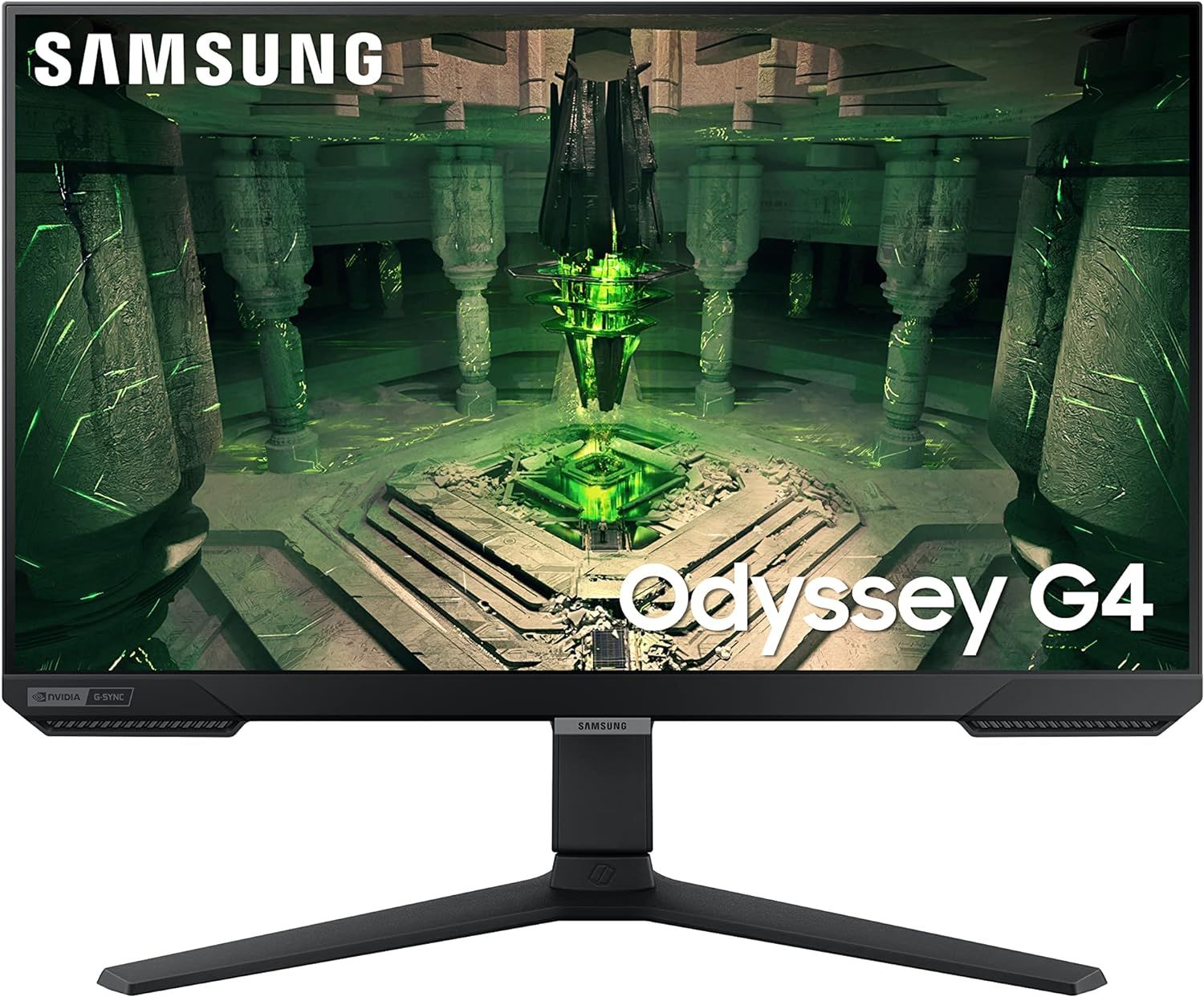
As a seasoned gamer with years of experience under my belt, I’ve had the pleasure of using both 1080p and 4K monitors. While each has its own unique advantages, my personal preference leans towards 1080p displays for a few key reasons.
As a gaming enthusiast, finding the perfect monitor for my gaming needs can sometimes feel like navigating through a maze. Key factors such as price, refresh rate, screen size, and resolution are what truly define the best gaming monitors on the market today. Just like high-definition TVs, resolution is a crucial aspect when choosing a gaming monitor. It significantly impacts the quality of visuals displayed on the screen, making the difference between images appearing lifelike or merely satisfactory during gameplay or movie streaming.
Although the options include 1080p, 4K, and even 2K monitors, it’s not strange for buyers to be torn between the first two resolutions. Both are standout options with plenty of benefits for players and have tons of models on the market today. To make your buying decision easier, we will compare both resolutions to help you decide the best one for a superb gaming experience.
1080p Vs 4K: Head to Head
1080p (Full HD) and 4K (Ultra HD) are some of the most common monitor resolutions available today. Brands like LG, KTC, Samsung, and ASUS offer models in both resolutions. With so many monitors to choose from, it can be challenging to select the right one. To help shoppers make informed decisions, a comparison table is provided below, featuring two monitors that showcase what each resolution typically delivers.
Refresh Rate

Refresh rate is an important part of the monitor selection process, as monitors with high refresh rates turn out to be incredibly responsive and offer a better experience overall. 1080p monitors typically come with high refresh rates and superfast response times, which make them a popular choice for competitive gamers. Since they don’t use heavy hardware like 4K gaming monitors, they can achieve refresh rates higher than their more powerful alternatives. Playing fast-paced titles like Fortnite and Apex Legends on a 1080p monitor will allow you to react quickly to in-game actions, ensuring that you are a few steps ahead of opponents.
It’s no wonder to come across 1080p monitors offering a refresh rate of between 144Hz and 240Hz or even higher. These high refresh rates ensure smooth visuals during intense gaming sessions for players. Notable models in the market include the AOC C27G2Z and ASUS TUF VG279WM gaming monitors, boasting refresh rates of 240Hz and 280Hz respectively.
Achieving a smooth, fast-paced visual experience on a 4K monitor can be challenging due to the need for a powerful graphics card to handle intensive video games. Yet, having an expensive graphics card doesn’t automatically guarantee high frame rates; you might still encounter drops in performance when playing graphically demanding titles like Cyberpunk 2077 and Red Dead Redemption 2. Nonetheless, there are 4K monitors available that boast refresh rates as high as 240Hz, such as the Samsung Odyssey Neo G8, a 32-inch model offering both a stunning 4K resolution and rapid 240Hz refresh rate.
In the given category, it’s evident that 1080p takes the lead, offering a resolution ideal for achieving smooth, high refresh rates that can significantly elevate your gaming experience. Interestingly, you don’t necessarily need an expensive graphics card to attain this. Conversely, 4K may not always perform optimally, even with superior hardware. Some demanding games could still pose challenges for 4K monitors, resulting in performance concerns.
Pricing

This is considered the most important factor to consider when shopping for a new gadget, and for good reason: 1080p monitors are quite affordable, with gamers able to find options that cost under $200, yet boast a handful of impressive specs. If you’re on a tight budget, but still want to leave the online or in-person store with a monitor, it’s best to go for a 1080p display. For players with a generous budget who would like to equip their setup with additional components, getting a 1080p monitor is a great choice. You can use the money saved from the purchase to buy other equipment such as gaming chairs, desks, or even some of the best smart lights.
High-quality 4K monitors are worth the investment, offering numerous advantages. They deliver superior image clarity, boast advanced hardware capabilities, and can easily run the latest video games without the need for an upgrade in the near future. These monitors are perfect for gamers willing to spend around $1,000 for top-tier performance.
Determining the winner here depends on individual needs. If you simply want a capable monitor that doesn’t cost so much, getting a 1080p type seems fair. If you’re looking to future-proof your PC with a powerful monitor that delivers a game-changing image quality, then you might want to acquire a 4K monitor.
Screen Size and Viewing Distance

Since 4K offers four times the image quality of 1080p, going for a 1080p monitor with a screen size higher than 27 inches is not the best choice. This is because the pixel density will start to degrade should you decide to choose a larger size. As such, it’s best to stick with a 1080p display that’s between 24 and 27 inches. Doing this ensures that you can enjoy decent visuals that always look great.
For an optimal 4K viewing experience, it’s generally recommended to opt for a larger screen size, ideally more than 27 inches. While some monitor brands like KTC and LG offer 4K resolution on 27-inch screens, reading text on these smaller screens can sometimes be challenging. If you are particular about having 4K resolution, it’s advisable to choose a larger screen instead.
For optimal visual performance on a 1080p monitor, it’s advisable to keep some distance, as sitting too close may cause the details to appear pixelated or of lower quality. Conversely, 4K monitors deliver superior image quality and should ideally be viewed from closer proximity to fully appreciate their benefits, particularly in terms of visual clarity. This is because a 4K monitor offers four times the picture resolution compared to a 1080p display, and appreciating its high-quality visuals from afar isn’t ideal.
The Verdict
Although there are significant distinctions between the resolutions of 1080p and 4K, they each possess qualities that attract various viewers. For example, a 1080p screen is ideal for gamers seeking high refresh rates without demanding a top-of-the-line graphics card. On the other hand, a 4K monitor can make in-game environments appear astonishingly lifelike due to its ability to display intricate details.
Choosing one over the other should depend solely on your needs and budget. If you’ve got the money, plus need a monitor that handles the demands of forthcoming game releases, then it’s worth going for a 4K monitor. If you are a competitive gamer who needs an affordable monitor that offers superb responsiveness and allows characters to react quickly, then a 1080p monitor seems the better choice.
FAQ
Q: Is 4K important for a gaming monitor?
User’s choice of resolution largely depends on their personal preferences. Options like 2K and 1080p can offer excellent performance. However, if budget isn’t a concern and you aim for the best future-proofing solution with the latest monitors, then opting for 4K would be ideal.
Q: Is a 1080p monitor enough for gaming?
As a passionate gamer, I can confidently say that 1080p monitors will continue to be in high demand for quite some time. These monitors not only come at an affordable price point but also deliver impressive refresh rates, making them perfect for smooth and fast-paced gaming experiences.
Q: What are the disadvantages of 4K monitors?
1. These items are often pricey, and they require top-tier graphics cards to meet their requirements. However, not every game or movie is offered in 4K, which means your choices for viewing in high definition are somewhat restricted.
Read More
- LUNC PREDICTION. LUNC cryptocurrency
- BTC PREDICTION. BTC cryptocurrency
- BCH PREDICTION. BCH cryptocurrency
- SOL PREDICTION. SOL cryptocurrency
- USD PHP PREDICTION
- MNT PREDICTION. MNT cryptocurrency
- GLM PREDICTION. GLM cryptocurrency
- SOLAMA PREDICTION. SOLAMA cryptocurrency
- EUR ILS PREDICTION
- ZKJ PREDICTION. ZKJ cryptocurrency
2024-08-11 23:04